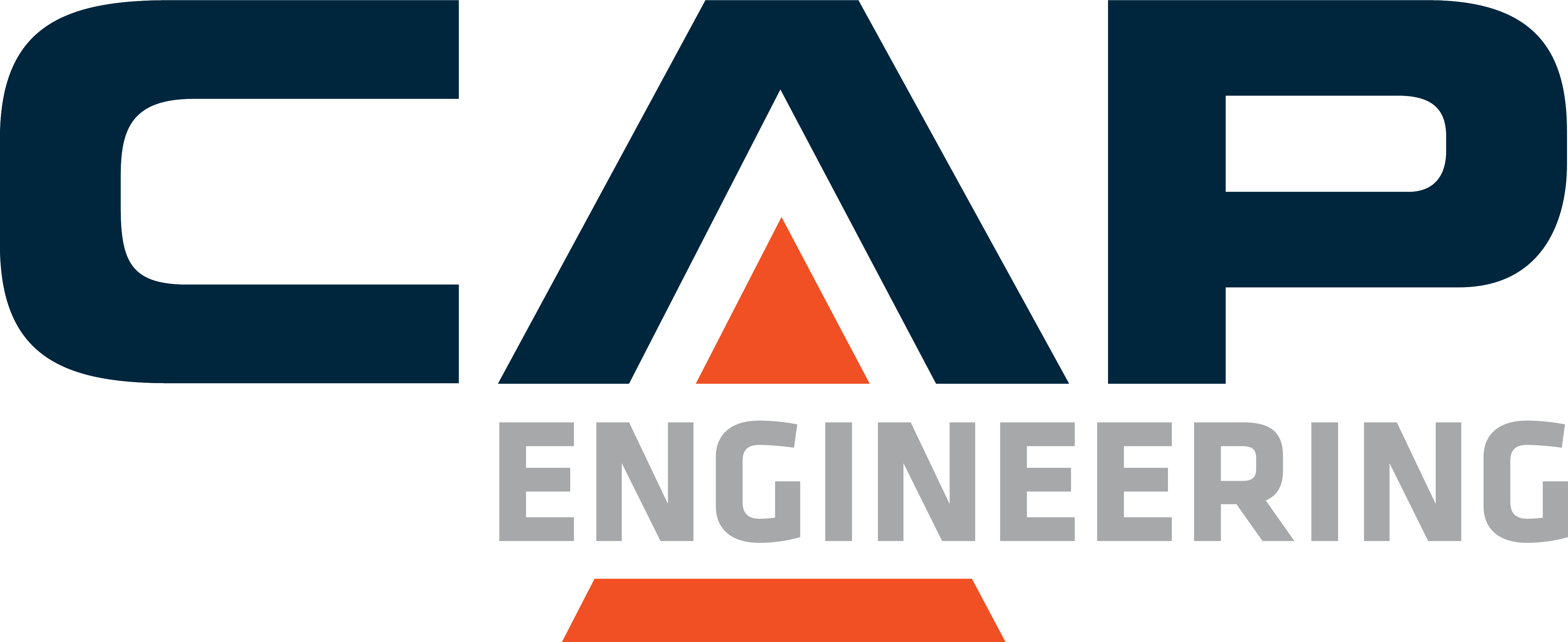Biomass is a renewable organic material that can be transformed into clean usable energy. A very common practice is to use biomass boilers in small-scale heating systems which often burn wood chips, shavings, sawdust, and pellets to produce heat/energy. This is very sustainable and economical as these biomass sources are often byproducts from other processes. Biomass boilers are currently operating at 90% efficiency which is comparable to the highest efficiency gas, oil, and electric boilers. Biomass boilers also require very little regular maintenance as they are self-cleaning and automatically refuel via a hopper. Biomass heating is becoming very popular in North America due to the expansive supply of biomass in the form of wood by-products. In addition, Biomass projects have a reputation for increasing local economic activity. This is due to keeping the money in the local region by providing jobs (Forestry workers/chippers, delivery drivers, equipment operators and suppliers).
Carcross Biomass
Project Details
Partners
Our Role
Engineering Design, Project Management
CAP was hired by MGRID to manage and design a biomass boiler system that tied into the current Carcross First Nations Learning Center oil boiler system. In addition, the biomass system would supply heat to the adjacent buildings that include an Administration Building and Daycare. The design consisted of a new energy structure to house the biomass system, retrofitting/updating the existing heating components, and piping into the proposed buildings. The biomass system was designed to work in conjunction with the current system controls so if for any reason the biomass system is shut down the oil boiler system will activate and act as a back up. The management services included providing estimates for the construction and design costs, cost control, quality control, and scheduling.
During the predesign phase CAP conducted surveys and site/building studies to analyze space requirement issues, constraints and opportunities of the proposed site, and review of existing infrastructure. It was our job to ensure the new system would be able to sufficiently heat all the buildings while also having the capability to allow the oil boiler system to be used as a backup. The design of the biomass system was continuously updated to fit the Carcross First Nations needs. It was also a priority to make the system an operation that would provide jobs for the local region. Everything was designed with ease of use and trainability in mind so jobs could be created to operate and manage the system.
